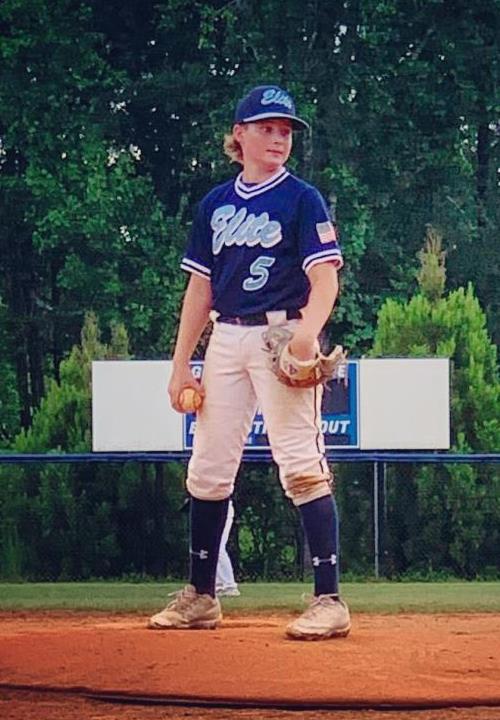What drives a young person to commit an act of such shocking cruelty against a defenseless animal? The case of Cole Prevost, a teenager from Ponchatoula, Louisiana, underscores a disturbing trend of animal abuse documented and disseminated through social media, raising complex questions about accountability, the influence of online platforms, and the urgent need for intervention.
The disturbing video that surfaced online depicted Prevost violently beating his brown Labrador retriever in a pond. The sheer brutality of the act sparked immediate outrage and condemnation across social media platforms, transforming a local incident into a national discussion about animal cruelty. The videos graphic content prompted calls for justice and raised concerns about the dog's well-being, ultimately leading to a petition demanding the dog's removal from Prevost's custody and a thorough investigation by local authorities. While the precise timeline of events remains somewhat unclear, with conflicting reports suggesting the incident occurred either in 2024 or potentially earlier, the impact of the video's virality is undeniable. The incident propelled Prevosts name into the headlines, inextricably linking him to a case of egregious animal abuse.
| Category | Information |
|---|---|
| Name | Cole Prevost |
| Age (Approximate) | 16-17 (as of 2025) |
| Location | Ponchatoula, Louisiana |
| Incident | Animal Abuse (Video evidence) |
| Status | Details limited due to privacy concerns surrounding juvenile cases. |
| Reference | WAFB News Report (Example - local news often reports on such cases) |
The incident also ignited a debate about the role of social media in both exposing and amplifying such acts of cruelty. While the video brought the abuse to light and galvanized public pressure for action, it also raised ethical questions regarding the sharing and consumption of graphic content. Some argued that the video's circulation, though potentially distressing, was crucial for raising awareness and holding the perpetrator accountable. Others expressed concern about the potential for such videos to further traumatize viewers and contribute to a culture of online vigilantism.
Read also:Megan Fox Mgk Relationship Timeline
The limited information available about Prevosts background complicates the narrative. While some reports identify him as a high school student and baseball team member, details about his family and personal circumstances remain scarce. The familys apparent deletion of their social media accounts following the incident further underscores the intense public scrutiny and potential backlash they faced. This lack of information makes it difficult to understand the context surrounding the abuse, hindering efforts to address the underlying causes and prevent similar incidents in the future. It also raises important questions about how to balance public demand for information with the need to protect the privacy of minors involved in such cases.
The incident involving the dog named Maggie, whom Prevost reportedly surrendered to an Indianapolis animal shelter due to purported financial constraints related to veterinary care, adds another layer of complexity. While seemingly unconnected to the Louisiana incident, the Maggie narrative highlights broader issues related to responsible pet ownership, access to affordable veterinary care, and the challenges faced by animal shelters. This intertwining of narratives emphasizes the systemic nature of animal welfare issues and underscores the need for comprehensive solutions.
The Cole Prevost case, however disturbing, serves as a stark reminder of the vulnerability of animals and the importance of advocating for their protection. The incident underscores the need for greater education and awareness surrounding animal cruelty, as well as the development of more effective strategies for intervention and prevention. The digital age, with its capacity for rapid information dissemination, presents both challenges and opportunities in the fight against animal abuse. While the virality of videos like the one depicting Prevosts actions can amplify public outrage and pressure authorities to act, it also necessitates careful consideration of ethical implications and the potential for unintended consequences.
Moving forward, it is crucial to focus on fostering a culture of empathy and respect for animals. This includes supporting animal shelters, promoting responsible pet ownership, advocating for stronger animal cruelty laws, and encouraging open dialogue about the complex issues surrounding animal welfare. Only through collective action and a commitment to creating a more humane society can we hope to prevent such tragic incidents from occurring in the future.
This case serves as a critical juncture, demanding not only justice for the abused animal but also a broader societal reflection on our responsibility to protect vulnerable creatures and prevent acts of cruelty. It calls for a multifaceted approach involving education, legislation, and a fundamental shift in societal attitudes towards animals. The hope remains that the outrage sparked by this incident can catalyze meaningful change and create a safer world for all animals.


